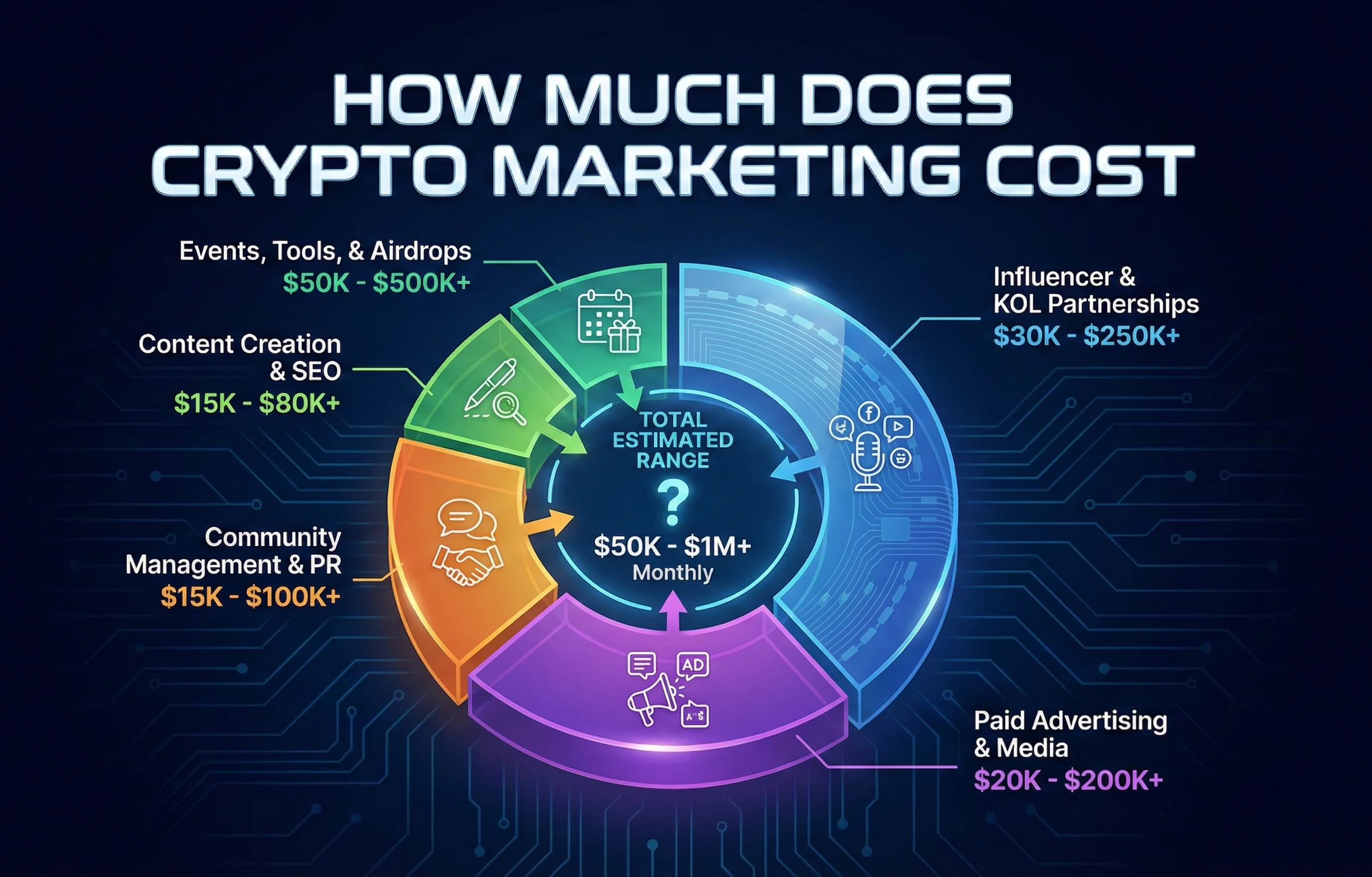The vision of cryptocurrency moving from niche speculation to everyday utility has long been the industry’s holy grail. While progress has been undeniable, with institutional interest surging and regulatory frameworks slowly taking shape, the path to true mainstream adoption remains multifaceted. There isn’t a single “key” but rather a combination of critical factors that, when unlocked in tandem, will pave the way for crypto to become an integral part of global commerce and daily life.
1. User Experience (UX): Simplifying the Crypto Journey
One of the most significant barriers to mass adoption has been the inherent complexity of blockchain technology. For the average person, interacting with crypto can feel like navigating a foreign operating system.
-
Frictionless Onboarding: Wallets, exchanges, and dApps must offer intuitive, jargon-free interfaces. Streamlined account creation, clear verification processes, and easy fiat on/off-ramps are paramount.
-
Seamless Usability: Think intuitive apps like Venmo or PayPal. Transactions should be fast, affordable, and as simple as sending a text. Error messages need to be clear and actionable, not cryptic hexadecimal strings.
-
Educational Integration: Platforms should embed interactive tutorials, contextual tooltips, and readily accessible knowledge bases to guide new users, transforming learning from an obstacle into part of the journey.
-
Mobile-First Design: With global smartphone penetration, a seamless mobile experience is no longer optional but essential for reaching diverse populations.
2. Regulatory Clarity & Stability: Fostering Trust and Legitimacy
The “Wild West” era of crypto bred both innovation and significant distrust. Clear, balanced regulation is increasingly recognized as a catalyst for adoption, not a hindrance.
-
Investor Protection: Frameworks like the EU’s MiCA and the UK’s FCA rules aim to protect consumers from misleading promotions and enhance transparency. This builds confidence, especially for retail investors.
-
Institutional Confidence: The recent passage of the GENIUS Act in the US, creating a regulatory regime for stablecoins, is a monumental step. It provides clarity that encourages banks, retailers, and large corporations to integrate stablecoins for payments, seeing them as legitimate and backed by liquid assets. This signals growing political will and paves the way for greater institutional involvement.
-
Anti-Fraud & Security Measures: Regulation that helps combat illicit activities and mandates robust security practices (like transparent disclosures post-hack) builds a safer environment, which is critical after 2025 saw over $2.17 billion stolen from crypto services.
3. Scalability & Efficiency: Handling Mass Transactions
Current blockchain limitations in transaction speed and cost (gas fees) remain a significant hurdle for mass adoption. A system meant for billions of users cannot cost too much or take too long.
-
Layer 2 Solutions (L2s): Optimistic and Zero-Knowledge (ZK) Rollups, along with sidechains, significantly increase transaction throughput and reduce fees by processing transactions off-chain before settling them on the mainnet.
-
Alternative Layer 1s: New blockchain architectures (e.g., Solana with its Proof of History consensus) are designed from the ground up for high transaction volumes and low costs, demonstrating viable alternatives.
-
Energy Efficiency: The transition to Proof-of-Stake (PoS) consensus mechanisms (like Ethereum’s Merge) dramatically reduces energy consumption, addressing environmental concerns that can deter mainstream acceptance.
4. Real-World Utility & Tangible Use Cases
Beyond speculative trading, people need clear reasons to use crypto in their daily lives.
-
Payments: Stablecoins like USDT and USDC are proving vital for fast, low-cost international remittances and payments, especially in regions with volatile local currencies or limited access to traditional banking. The new US stablecoin law is expected to supercharge this.
-
DeFi for Everyone: Decentralized Finance is moving beyond complex yield farming to offer accessible lending, borrowing, and savings protocols that can bypass traditional intermediaries and potentially offer better rates.
-
NFTs Beyond Art: NFTs are evolving into utility tokens for loyalty programs, event ticketing, digital identity, and exclusive access, fostering deeper brand and community engagement.
-
Gaming & Metaverse: Play-to-earn models and blockchain-powered metaverse experiences offer compelling new forms of digital ownership and economic participation.
-
Supply Chain & Enterprise Solutions: Projects tokenizing real-world assets (RWAs) or providing verifiable supply chain solutions (e.g., VeChain) demonstrate enterprise-level utility, bridging the gap between blockchain and traditional industries.
-
DePIN: Decentralized Physical Infrastructure Networks (DePIN) offer tangible applications by decentralizing physical infrastructure, impacting areas from wireless networks to energy grids.
5. Education & Awareness: Bridging the Knowledge Gap
Many people still perceive crypto as either a scam or too complicated to understand.
-
Accessible Learning Resources: The industry needs to invest in widespread, easy-to-understand educational content – from basic “what is crypto?” to “how to secure your wallet.” Initiatives leveraging AI and blockchain for verifiable credentials and accessible courses are emerging.
-
Responsible Marketing: Projects must move away from hype-driven, speculative marketing towards transparent communication that highlights utility, technology, and genuine value propositions.
-
Mainstream Media Narratives: Countering misinformation and fostering a balanced understanding of crypto’s potential benefits and risks in mainstream media outlets is crucial.
6. Security & Interoperability: Building a Robust Ecosystem
High-profile hacks (like the ByBit hack for $1.5 billion and CoinDCX’s recent breach) erode trust. Furthermore, a fragmented blockchain landscape hinders seamless user experience.
-
Enhanced Security Protocols: Continuous innovation in smart contract audits, multi-signature wallets, decentralized identity solutions, and robust cybersecurity measures is non-negotiable. The industry needs to demonstrate a commitment to protecting user assets.
-
Transparent Incident Response: When security incidents occur, transparent and swift communication, coupled with clear remediation plans (like CoinDCX’s full financial responsibility), are vital for rebuilding confidence.
-
Cross-Chain Interoperability: The ability for different blockchains to communicate and transfer assets seamlessly (via bridges, shared consensus protocols like Polkadot/Cosmos, oracles) is crucial for a unified and liquid ecosystem, preventing fragmentation and improving user experience.
Ultimately, mainstream crypto adoption will not be driven by a single technological breakthrough or regulatory act. It will be the cumulative effect of a vastly improved user experience, a clear and supportive regulatory environment, scalable and efficient underlying technology, compelling real-world use cases, widespread education, and an unwavering commitment to security and seamless interoperability. As these elements mature in parallel, the decentralized future will become a tangible reality for billions.
Is your crypto project positioned for mainstream adoption? Partner with CryptoVirally to refine your crypto project’s, align with evolving regulations, articulate your real-world utility, and build a marketing strategy that truly resonates with a global, mainstream audience.



